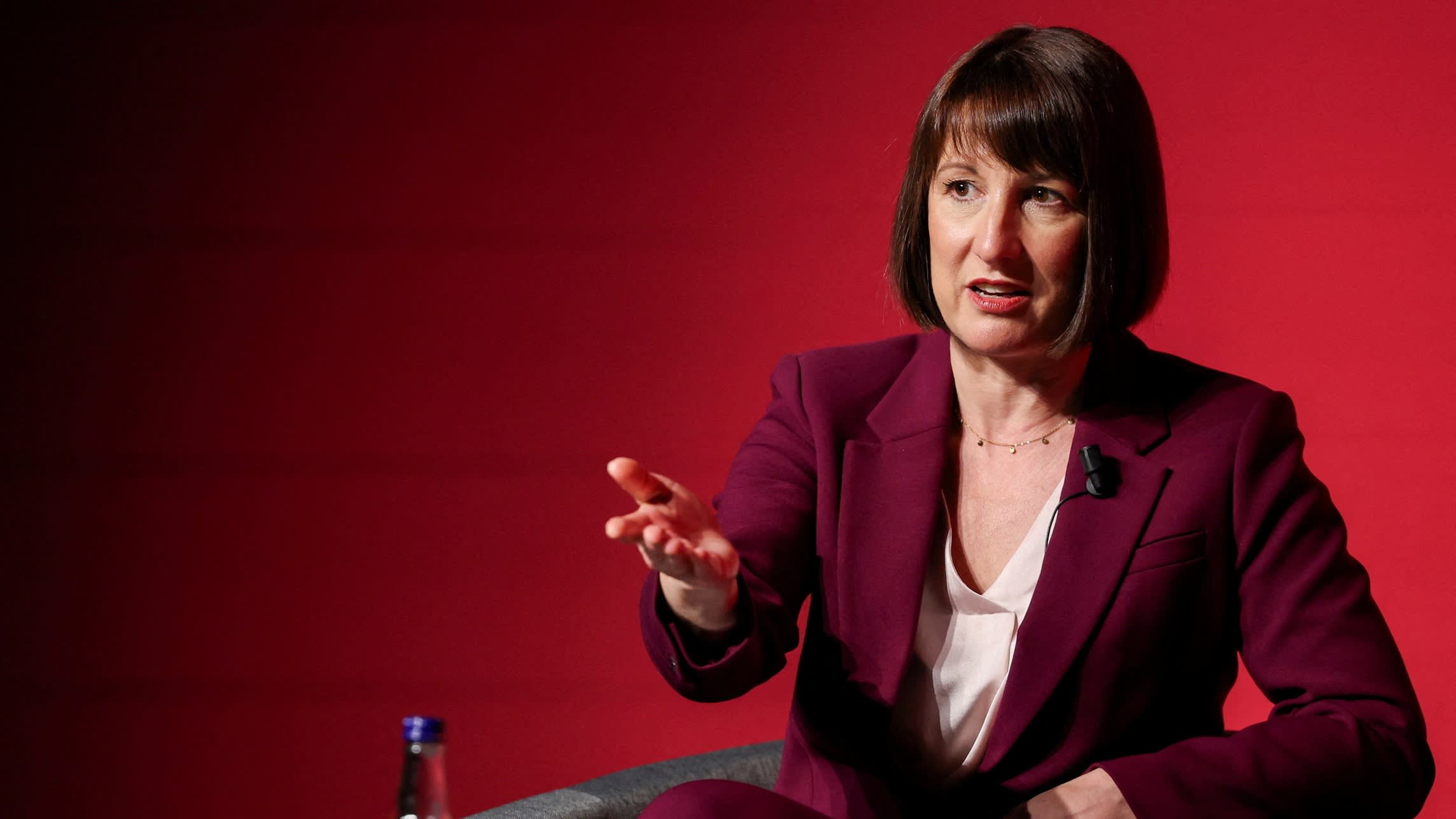Individual investors are about to be offered a new route into private market assets, with the arrival of the UK’s first long-term asset fund (LTAF) aimed at the retail wealth management market. How should individuals judge this new arrival on the investment block?
LTAFs are the UK’s version of the so-called semi-liquid fund structures used in other markets to hold illiquid, private market assets while allowing investors — mainly wealth management and private banking clients — periodic windows in which they can exit.
In contrast, traditional private market funds — structured as institutional limited partnerships — require cash to be locked away for 10 years or more.
Asset manager Schroders is set to launch the new vehicle through advisers and wealth managers in the coming weeks, with a minimum investment of £10,000, far below the six-figure sums required to gain entry to conventional private markets funds. Its LTAF will channel investors’ money into Schroders Capital Semi-Liquid Global Private Equity, a £1.8bn Luxembourg-regulated fund that holds stakes in around 280 small and mid-market private companies in Western and Asian markets.
The UK approved the LTAF framework in 2021, initially to enable “defined contribution” pension schemes, where retirement outcomes depend on investment performance and contributions, to invest more in illiquid assets such as private equity, private credit and infrastructure. It was then adapted for the retail market with these versions now appearing structured as open-ended investment companies (OEICs).
However, mindful of the liquidity problems that have plagued commercial property OEICs at times of market stress, LTAFs do not offer daily dealing. Instead, they accept new money once a month and require at least 90 days’ notice for redemptions. Even then, there is no guarantee investors will be able to withdraw all their money — LTAFs limit liquidity to 5 per cent of the fund’s net asset value (NAV) each quarter. If sell orders exceed that level, redemptions are gated so the fund can avoid a fire sale of assets.
Industry figures say the high-profile collapse of a flagship equity income fund run by former star stock picker Neil Woodford, trapping 300,000 investors, cast a long shadow over illiquid assets.
“Gating in the UK market has very negative connotations because of what happened in the property sector and at Woodford,” says James Lowe, sales director for private assets and investment trusts at Schroders. “I’ve had lots of conversations with wealth managers about this, quite rightly.
“Gating is not inherently bad — it protects the integrity of the underlying assets and the remaining shareholders in the fund. As long as it’s explained clearly at the start and investors go in with their eyes open, it can be a reasonable mechanism to allow us to have open-ended funds that sit somewhere between investment trusts and limited partner funds [with 10-year lock-ups].”
This highlights a key issue with LTAFs that would-be investors and their advisers must consider — the trade-offs that are inherent in the fund structure.
As open-ended funds, LTAFs allow investors to buy and sell units at the fund’s net asset value (NAV), avoiding the risk of having to accept a discount to NAV when they sell, as can happen with closed-end funds such as investment trusts. LTAFs also deploy investors’ money within a few weeks of their investment. With limited partnership funds, by contrast, investors commit money at the outset but do not hand all of it over at once. Instead, they must have capital available so that it can be called on in stages over the first few years of the fund’s life as the managers acquire new assets.
The quid pro quo for this ability to invest at NAV and start generating a return on their capital almost immediately is that the fund’s liquidity is periodic and limited in size.
That, in turn, requires a further trade-off. Managers that launch LTAFs must satisfy regulators that they are holding enough liquid assets in the fund to meet likely redemptions. For a private equity LTAF, that in practice means holding up to 20 per cent of its NAV in cash and other liquid assets — enough to provide 5 per cent quarterly liquidity for a year ahead. This inbuilt “cash drag” is likely to mean that the returns investors see from LTAFs do not keep pace with those reported for institutional funds.
Then there is the question of fees. In the case of the private equity LTAF that Schroders is about to launch, annual fees are expected to be around 2.89 per cent. Ongoing charges excluding performance fees for private equity-focused investment trusts range from 0.8 per cent to 2.8 per cent, according to Winterflood data.
Retail LTAFs, such as the Schroders vehicle, sit in the category of Restricted Mass Market Investments, which opens them up to advised and discretionary private clients while retaining protections that apply to other products targeted at retail investors. If LTAFs are ultimately offered to self-directed investors via execution-only platforms, people that buy them will be classed as Restricted Investors and will have to undertake not to put more than 10 per cent of their investable assets into them. There is no clarity so far about how platforms would police this 10 per cent limit.
The arrival of retail LTAFs signals the start of a trend in the UK that is well advanced in other markets. The leading US-based private market managers regard private clients as a key fundraising priority — private wealth assets at Blackstone, the market leader, total $243bn, including semi-liquid funds. Continental Europe had around €37bn in Luxembourg-regulated semi-liquid “evergreen” funds by the first quarter of 2024. Another €13.6bn was held in ELTIFs, the EU equivalent or LTAFs, at the end of 2023, up 25 per cent in a year, according to Scope Group, the alternative investments analyst.
“What happens in the US spreads around the rest of the globe,” says Will Normand, a partner at law firm Travers Smith who specialises in structuring semi-liquid funds for asset managers. “So, Asia-Pacific trails the US but is ahead of Europe and Europe in turn is ahead of the UK. In Europe and the UK we are in the foothills of this.”
Allocations to private markets by their traditional users — institutions such as endowments, defined benefit pension schemes, sovereign wealth funds and family offices — have mushroomed over the past two decades. According to the Chartered Alternative Investment Analyst Association, US states’ pension schemes achieved annual net returns of 11 per cent from their private equity portfolios over the 23 years to June 30, 2023, compared with 6.2 per cent for a global equity benchmark.
However, returns from illiquid assets have been weak recently as rising interest rates have pushed up the cost of debt used to fund deals. Advocates also argue that besides attractive net returns, adding private markets exposure to portfolios also brings diversification benefits.
UK private investors already have several ways to access private markets. Unlike many other countries, the UK has a large and varied group of listed closed-end funds — investment trusts — that hold assets including private equity, infrastructure, property and private credit. These are well understood by advisers and offer daily dealing — although large discounts to NAV can open up when markets become stressed.
Certified high net worth investors and self-certified sophisticated investors in the UK can now access limited partnership private market funds for themselves through online providers, such as Moonfare. Founded in Germany in 2016 by former KKR executive Steffen Pauls, Moonfare now has €3bn under management and says the UK is its second-biggest market in the Emea region, with more than 1,000 investors and total UK assets under management of more than €800mn.
How will LTAFs fit into the UK’s financial landscape? Much will depend on how the big wealth management firms decide to develop their private markets offering. A recent report by Bain & Co suggests assets under management in private markets will grow more than twice as fast as public markets between now and 2032, spurred by increasing interest from private investors. Wealth managers therefore have a strong incentive to provide access to these asset classes.
Data from Research in Finance, a consultancy, suggests that around 45 per cent of UK investment advisers and discretionary fund managers currently recommend or provide exposure to private market investments for clients.
Among mass-affluent discretionary fund managers and high net worth advisers the proportion rises to 60 per cent, with diversification and high potential returns among the main attractions cited.
About half of the high net worth advisers surveyed were familiar with LTAFs and 38 per cent found them appealing. However, the research also showed that more than a quarter of such advisers had clients that were already investing in private markets through conventional, limited partnership funds.
This suggests that LTAF providers face several challenges: building awareness and support for these products among wealth managers and investment advisers, and especially overcoming recent bad memories of the liquidity problems that have bedevilled open-ended funds that contain illiquid assets.
Beyond that, they will need to articulate a clear case explaining how this new type of fund fits into a set of portfolio options that ranges from highly liquid vehicles such as investment trusts at one end through to illiquid limited partnership funds at the other, and for which types of clients LTAFs are most appropriate.
And, of course, they will have to demonstrate the LTAFs can deliver the enhanced returns — after fees — and the diversification benefits that investors look for in private markets.









































































































































































You must be logged in to post a comment Login